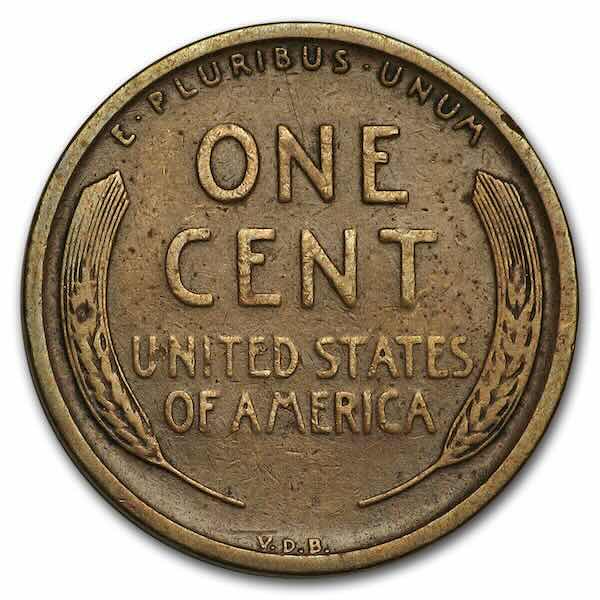The Lincoln cent, commonly known as the Lincoln penny, is a one-cent coin produced by the United States Mint since 1909. It is one of the longest-running coin series in U.S. history and has undergone several design changes and material compositions over the decades. This post will explore the history, design, production, and changes to the coin throughout the years.
Introduction to the Lincoln Cent
The Lincoln cent was introduced in 1909 to commemorate the 100th anniversary of Abraham Lincoln’s birth. It marked the first time a U.S. coin featured a portrait of an actual person, a departure from the previous practice of using symbolic figures.

The coin was designed by Victor David Brenner, and his initials “V.D.B.” initially appeared on the reverse side, though they were removed shortly after due to public controversy. They were later restored to the obverse side in 1918.
Design and Composition
The obverse has consistently featured a bust of Abraham Lincoln, while the reverse has seen several design changes. The original reverse featured a pair of wheat ears, earning the nickname “wheat penny,” and was used from 1909 to 1958.

The wheat ears design was replaced by the Lincoln Memorial in 1959 to mark the 150th anniversary of Lincoln’s birth. More recently, in 2009, four designs were introduced to commemorate the bicentennial of Lincoln’s birth, followed by the “Union Shield” design in 2010.
| Year | Design | Composition |
|---|---|---|
| 1909-1958 | Wheat Ears | 95% Copper, 5% Tin and Zinc |
| 1959-1982 | Lincoln Memorial | 95% Copper, 5% Tin and Zinc |
| 1982-Present | Lincoln Memorial/Union Shield | 97.5% Zinc, 2.5% Copper |
Material Changes
Initially, the Lincoln cent comprised 95% copper and 5% tin and zinc. Due to rising copper prices, the U.S. Mint changed the composition in 1982 to 97.5% zinc with a thin copper coating. During 1943, due to World War II, copper was needed for the war effort, so the cents were made from zinc-coated steel, commonly referred to as “steel cents.” These steel cents were produced only for one year, and copper cents resumed production in 1944 using recycled shell casings.
Production and Mintage
The Lincoln cent is minted in various facilities, including Philadelphia, Denver, San Francisco, and, in earlier years, West Point. The mint mark, indicating the minting facility, is below the date on the obverse side of the coin. Over the years, billions of Lincoln cents have been produced, making it one of the most widely circulated coins in the United States.
Collectibility and Value
While most Lincoln cents are common and hold face value, specific dates, and mint marks are valuable to collectors. Key dates include the 1909-S V.D.B., 1914-D, and 1922 “No D.” The 1943 copper cents are also highly sought after due to their rarity. Condition, mint mark, and historical significance contribute to the collectibility and value of Lincoln cents.
Conclusion
The Lincoln Cent remains a significant part of American numismatic history. Its enduring design, historical significance, and changes in composition reflect broader economic and cultural shifts. Collectors and historians continue to study and appreciate the Lincoln cent for its aesthetic and historical value.








Leave a Reply